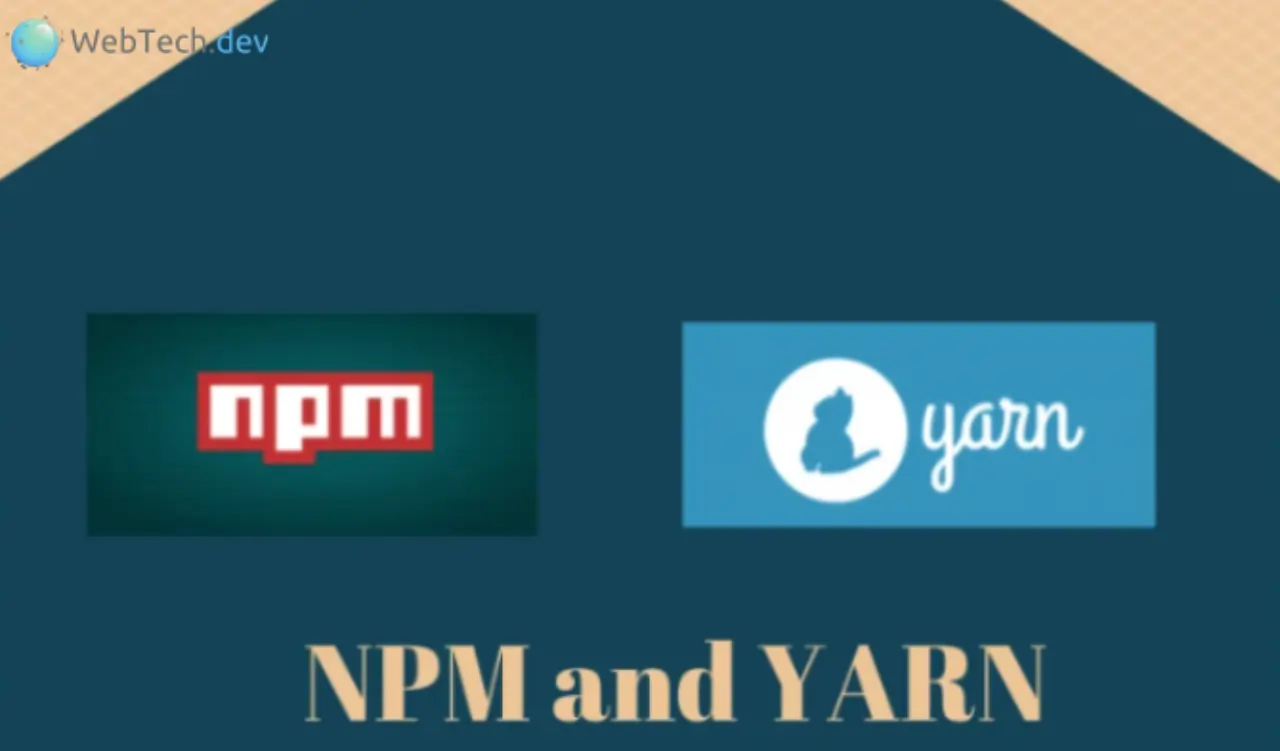The two most well-liked package managers among JavaScript and Node.js developers are NPM and Yarn. They make it easier to handle a project's dependencies, i.e., anything on which a project relies, or a piece of code that is necessary for the project to function properly. We need them since maintaining the project's dependencies is a tough operation that demands us to install, uninstall, alter or upgrade them.
This article clarifies the definition of package managers, compares Yarn with NPM, and identifies the advantages of using each over the other.
What is a package manager?
Package managers, also known as package management systems, are groups of tools that make it easier to install, delete, change, upgrade, and configure software as well as to audit dependencies and notify which programmes need to be updated to reduce potential security risks. Developers in the modern world frequently use packaged software, which encapsulates all of the components required to make a piece of software run on our system in a single file. Even if it doesn't include everything, it at least has pointers to other places the system can get the data it needs.
What is Npm ?
The biggest software registry in the world is npm. Every continent's open source developers use npm to exchange and borrow packages, while many businesses use npm to oversee private development.
There are three distinct parts to npm:
- The site
- An interface for the command line (CLI)
- The database
To find packages, create profiles, and control other parts of your npm experience, use the website. Organizations can be set up, for instance, to control access to public or private packages.
The majority of developers interact with npm through the CLI, which is executed from a terminal.
The registry is a sizable public database that contains JavaScript software and related meta-data.
Use Npm to...
- Code packages can be modified for your projects or used just as-is.
- Get ready-to-use standalone utilities by downloading them.
- Utilize npx to run packages without downloading.
- With any npm user, wherever, you may share code.
- code to only certain developers.
- Establish groups to manage developers, code, and package maintenance.
- Create online teams utilising organisations.
- Control the dependencies and various code versions.
- When underlying code is updated, updating apps is simple.
- Find various solutions to the same challenge.
- Find other developers who are tackling issues and projects that are similar to yours.
What is Yarn?
Facebook created Yarn, a JavaScript package and dependency manager that is backed by Google, Exponent, and Tilde. It was developed to fix problems with earlier iterations of the NPM CLI.
Yarn, like NPM, enables you to utilise and share code with other developers all over the world, saving you from having to create new code from scratch and allowing you to use code that has already been produced and published by others. As a result, it is simpler for you to create software because you may use the solutions provided by other programmers to certain issues.
Packages released on NPM are also available on Yarn because Yarn is built on top of NPM's registry, making upgrades easier.
What is Yarn package manager used for?
Yarn and other package managers play the job of making it easy for you to deploy features in your project quickly and securely.
Every time a feature is added, the programme downloads the required code from a repository, adds it to the project, and also adds the references required in the event that the package requires additional libraries in order to function properly. Yarn is a package manager that adds, modifies, and removes functionalities from web applications. Additionally, it is an open-source solution that was developed to address some of the problems NPM has, such as the slowness and difficulties of installing packages offline.





